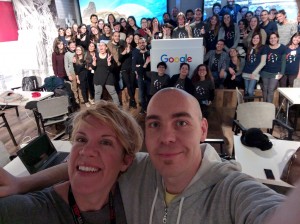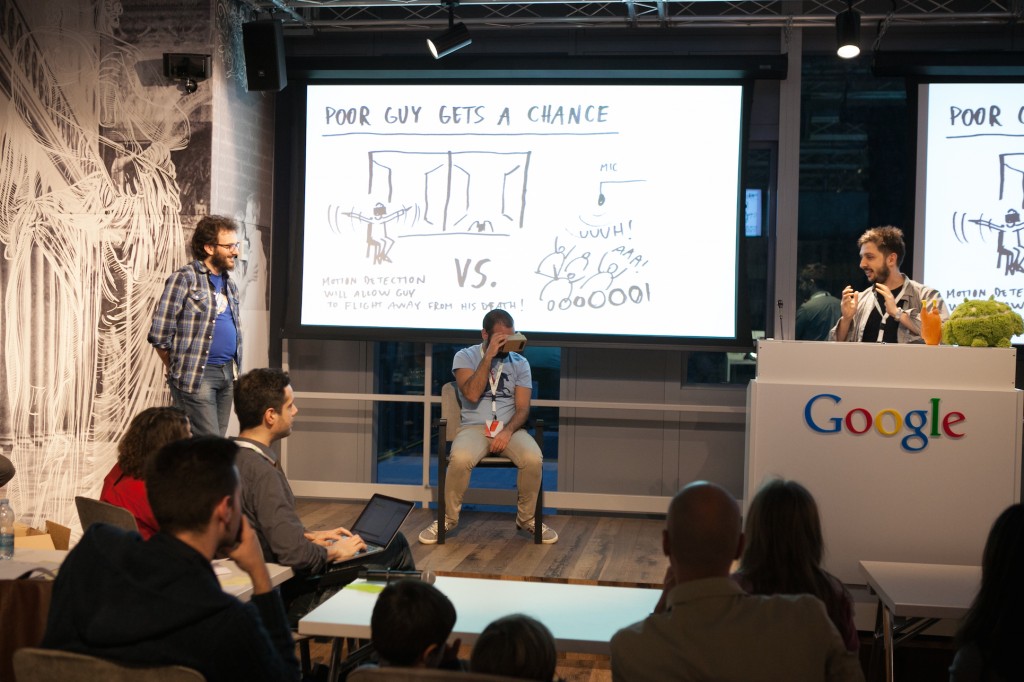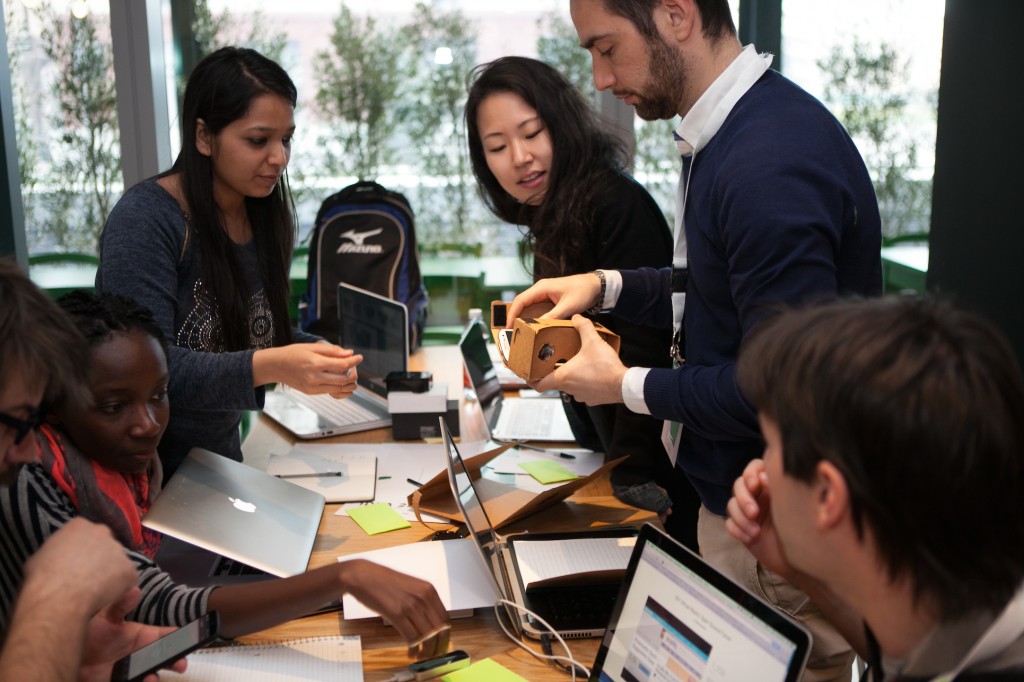 On Nov 28th I attended an event where 50 women gathered together to learn the basics of JavaScript. Huge round of applause for MilanoJS, Girls in Tech and Women@Google that made the event possible. From the many conversations I had with the attendees, I extracted two key tips that should be *always* kept in mind to be more gender-inclusive when communicating about a community tech event. It’s not a guarantee that gender gap will be reduced but, at least, basic misunderstandings will be avoided.
On Nov 28th I attended an event where 50 women gathered together to learn the basics of JavaScript. Huge round of applause for MilanoJS, Girls in Tech and Women@Google that made the event possible. From the many conversations I had with the attendees, I extracted two key tips that should be *always* kept in mind to be more gender-inclusive when communicating about a community tech event. It’s not a guarantee that gender gap will be reduced but, at least, basic misunderstandings will be avoided.
1) Be explicit that you’re caring about women participation, even if it may seem obvious to you. Include in the event description that women are welcome, partner for the communication with a group that is associated with a female context, like Girls in Tech, Rails Girls, Women TechMaker or any other reality of the local ecosystem, use creativity that includes both genders. Fight the language stereotypes: in Italian we use the masculine for referring to the whole category, so use explicitly “sviluppatori / sviluppatrici”, instead than just “sviluppatori”. Remember, you have to communicate that you’re caring about the whole spectrum of your community, all the minorities included.
2) Be explicit about your target audience. Different women I talked with told me they came because they were searching for a beginner training on Javascript, and so the event was advertised, as a beginner training. I argued that it wasn’t the first organised in the Milan area, and they replied that it was the first beginner training on JS, all the others were training on JS, so the target audience wasn’t clear and they feared to be in a class with people already good with Javascript. And I asked if the same applies also for a “Polymer Hack Up” or a “Apps Script Hackathon“, and the reply was yes: hackathon format is perceived as an event for people with already some skills on the topic, not suitable if you know nothing about it. Curious enough, the two mentioned were organised to introduce the technologies to people with zero knowledge on them. So, explicitly mention when the event is for beginners, that you’re welcoming also attendees that haven’t heard anything about the argument.
I have to say that both tips don’t come out totally of the blue: there are different studies on gender inequality in schools and in business, and we all see the world behind the lens of unconscious bias, so the same situations applies also in a community. In addition, once discussed deeper with the attendees, asking the whys and the whats, everything resonates very well together. Happy to provide more details in the comments, if asked.
As final suggestion, if you decide to apply these two simple tips (and you should), please make an additional third step: ask for feedback to the new women at your next event, ask if they come thanks to one of the suggestions you’ve put in practice. I know it can be hard but, as for any hypothesis, it has to be verified.
Those learnings, I think, can be generalised to each event than want to include a minority. Maybe women, maybe any other. Explicitly be inclusive, do not take it for granted. And yes, I’m still generally agains gender-only events, but it had a sense in this particular context.

